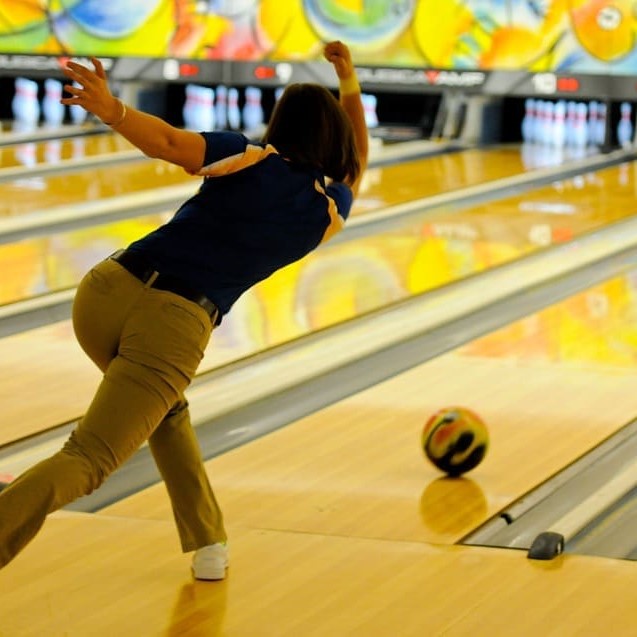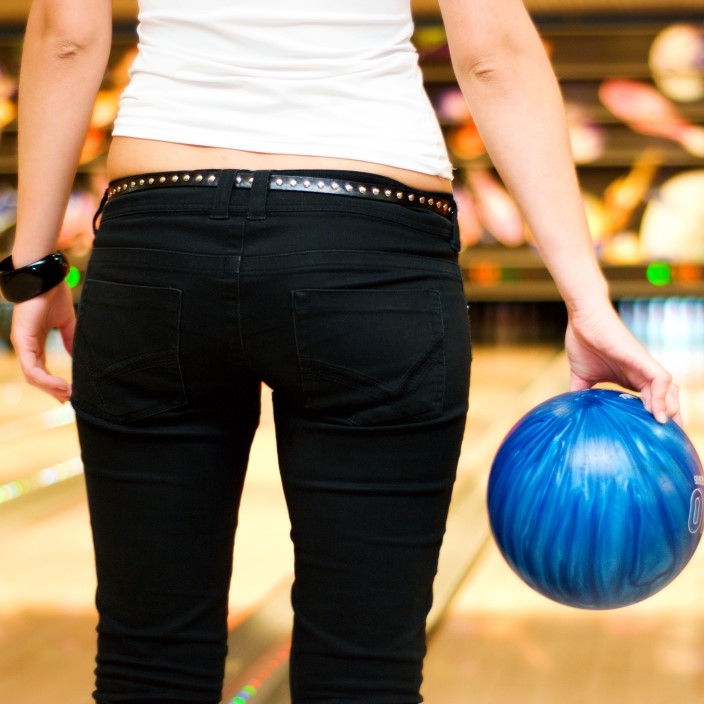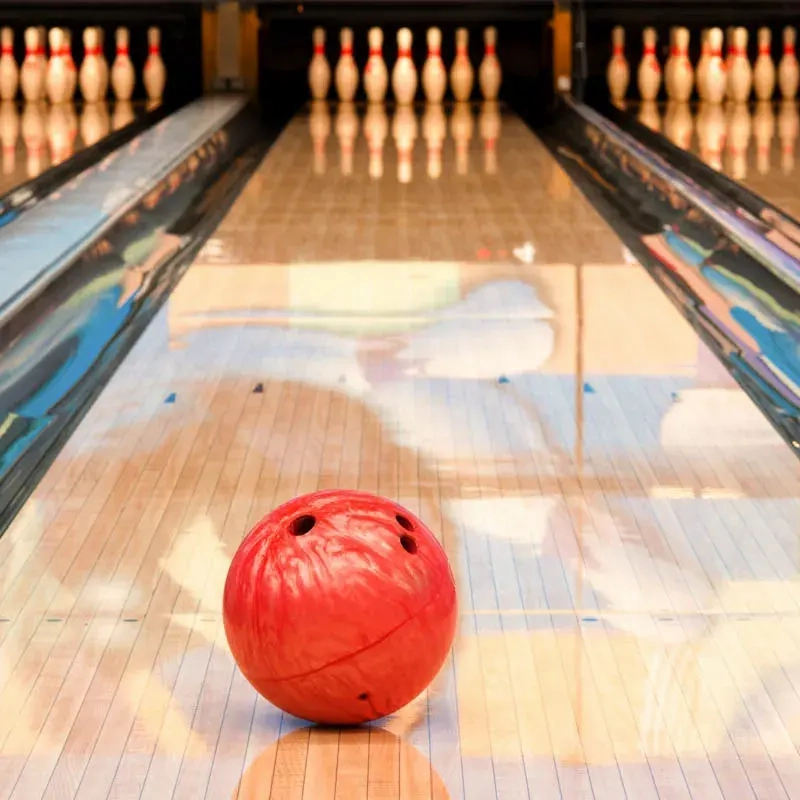The debate over whether bowling qualifies as a sport has been ongoing for years. Advocates argue that bowling requires skill, physical ability, and competitive spirit, while skeptics view it more as a recreational activity. In this article, we will delve deep into the question, is bowling a sport, by examining its physical demands, competitive nature, and recognition in the sporting world. By the end, you’ll have a comprehensive understanding of where bowling stands in the realm of sports.
 Understanding the Definition of a Sport
Understanding the Definition of a Sport
Before determining if bowling is a sport, it’s essential to understand what constitutes a sport. Generally, sports involve physical exertion, skill, competition, and rules. They can be individual or team-based and often require training and strategy.
Physical Exertion and Skill
Most sports require a significant degree of physical effort and refined skills. This includes coordination, strength, agility, and endurance. Bowling involves repetitive motion, precision, and control, all of which demand physical skill and practice.
Competitive Element
A fundamental aspect of sports is competition. Whether it’s against others or personal bests, the drive to improve and compete is central. Bowling leagues, tournaments, and professional circuits highlight the competitive nature inherent in the sport.
Structured Rules and Regulations
Sports are governed by specific rules and regulations that ensure fair play and consistency. Bowling follows standardized rules set by organizations like the World Bowling and the Professional Bowlers Association (PBA), emphasizing its structured and regulated nature.
The Physical Demands of Bowling
Many argue that the physical aspect of bowling is not as intense as other sports like soccer or basketball. However, a closer look reveals that bowling requires considerable physicality.
Strength and Endurance
Bowling a perfect strike repeatedly requires strength in the arms, shoulders, and core. Maintaining performance over multiple games also demands muscular endurance.
Coordination and Precision
A bowler must synchronize their movements, from the approach to the release of the ball. This level of coordination ensures accuracy and consistency, akin to other precision-based sports like archery or shooting.
Mental Toughness
Beyond physicality, bowling demands significant mental focus and resilience. Bowlers must maintain concentration, manage nerves, and strategize their shots, especially in high-pressure situations like professional tournaments.
 Competitive Nature of Bowling
Competitive Nature of Bowling
Bowling’s competitive aspect is undeniable, with a global community of players striving for excellence.
Professional Leagues and Tournaments
The existence of professional leagues such as the PBA and international tournaments underscores bowling’s competitive framework. These events attract top talent and offer substantial prize money, highlighting the sport’s serious competitive environment.
Amateur and Recreational Leagues
Beyond the professional level, countless amateur and recreational leagues provide opportunities for competition. Local leagues foster community engagement and friendly rivalry, reinforcing bowling’s status as a sport.
Olympic Aspirations
Although bowling has yet to secure a spot in the Olympic Games, its continuous efforts to gain recognition reflect its desire to be acknowledged as a legitimate sport on the world stage.
Bowling as an Individual Sport
While team sports often receive more attention, individual sports hold their unique appeal and challenges. Bowling excels in this category by emphasizing personal achievement and self-improvement.
Personal Achievement
In bowling, success is measured by individual performance metrics such as scores, strikes, and averages. This focus on personal achievement aligns with the characteristics of individual sports like tennis or golf.
Self-Discipline and Practice
Becoming proficient in bowling requires dedication and consistent practice. Bowlers must develop their technique, analyze their performance, and continually refine their skills, fostering a high level of self-discipline.
Psychological Component
The mental aspect of bowling, including focus and stress management, parallels other individual sports where psychological resilience is key to success.
 Bowling’s Recognition in the Sporting World
Bowling’s Recognition in the Sporting World
The recognition of bowling within the sporting community plays a crucial role in defining its status as a sport.
Governing Bodies and Standards
Organizations such as the World Bowling and the PBA oversee the sport, establishing rules, standards, and guidelines that govern competition and ensure uniformity across all levels.
Media Coverage and Sponsorships
Significant media coverage and sponsorship deals, especially for professional bowlers and major tournaments, indicate the sport’s commercial viability and acceptance as a legitimate competitive activity.
Inclusion in Multi-Sport Events
While not currently part of the Olympics, bowling is featured in events like the Asian Games and the Commonwealth Games, further cementing its status as a recognized sport in various international arenas.
The Social and Cultural Impact of Bowling
Bowling extends beyond competition, influencing social and cultural aspects of communities worldwide.
Community Building
Bowling alleys often serve as social hubs where people gather for recreation, bonding, and friendly competition. This community-building aspect highlights the sport’s role in fostering social connections.
Accessibility and Inclusivity
Bowling is accessible to a wide range of ages and skill levels, promoting inclusivity. Its adaptability allows individuals with varying physical abilities to participate, emphasizing its universal appeal.
Cultural Significance
In many cultures, bowling holds a place of tradition and nostalgia, with generations of families engaging in the sport together. This cultural significance reinforces its enduring presence in society.
 Comparing Bowling to Other Recognized Sports
Comparing Bowling to Other Recognized Sports
To further assess if is bowling a sport, it’s useful to compare it to other recognized sports.
Precision Sports
Similar to archery and shooting, bowling relies heavily on precision and technique. The repeated attempts to perfect one’s form and accuracy mirror the demands of these established sports.
Individual Competitions
Sports like tennis and golf, which focus on individual performance and rankings, share similarities with bowling. The personal nature of scoring and improvement aligns bowling with these respected sports.
Professional Standards
Just as soccer has leagues and tournaments worldwide, bowling’s professional circuits and international competitions demonstrate its structured and competitive nature.
Arguments Against Bowling as a Sport
Despite the compelling arguments in favor, some contend that bowling may not qualify as a sport.
Perception of Physical Effort
Critics argue that bowling lacks the intense physical exertion seen in other sports. However, as discussed earlier, the physical demands of bowling are significant and comparable to other recognized sports.
Lack of Olympic Status
Not being part of the Olympic Games is often cited as a drawback in considering bowling a sport. Nevertheless, Olympic inclusion is not the sole determinant of a sport’s legitimacy, as many worthy sports remain outside the Olympic framework.
Social vs. Competitive Focus
Some view bowling primarily as a social activity rather than a competitive sport. However, the existence of professional leagues and serious competitions contradicts this perception, highlighting its dual role as both a recreational and competitive activity.
The Evolution of Bowling as a Sport
Bowling has evolved considerably over the years, enhancing its status as a sport through innovation and increased competition.
Technological Advancements
Advancements in bowling technology, such as automated scoring systems and high-performance bowling balls, have elevated the sport’s precision and competitiveness.
Increased Professionalization
The rise of professional bowlers, sponsorships, and televised events has transformed bowling into a more formal and recognized sport, attracting a broader audience and aspiring athletes.
Youth and Amateur Development
Programs aimed at youth and amateur bowlers foster talent development and promote the sport’s growth, ensuring its future as a competitive and widely recognized activity.
The Health Benefits of Bowling
Engaging in bowling also offers various health benefits, reinforcing its status as a sport that promotes physical and mental well-being.
Physical Health
Bowling involves repetitive movements that enhance coordination, balance, and muscle tone. Regular play can contribute to improved cardiovascular health and increased strength.
Mental Health
The focus and concentration required in bowling help develop mental resilience and stress management skills. Additionally, the social aspect of participating in leagues can boost mental well-being and reduce feelings of isolation.
Social Interaction
Bowling fosters social connections and teamwork, contributing to emotional health. Engaging with fellow bowlers in a supportive environment enhances social skills and creates a sense of community.
Participating in Bowling Competitions
If you’re convinced that bowling is a sport and want to get involved in the competitive side, consider participating in local leagues. Here’s how to get started:
1. Finding a Bowling League
- Research: Look for local leagues or clubs through bowling alleys or online directories. Many venues host recreational leagues for various skill levels.
- Registration: Check registration timelines, fees, and requirements. Joining a league often involves forming teams or joining open leagues.
2. Building Skills through Practice
- Regular Practice: Constant practice is vital for improvement. Spend time honing your techniques, experimenting with different grips, and refining your approach.
- Invite Friends: Invite friends or teammates for practice sessions; this not only helps improve skills but also enhances the social aspect of bowling.
 Conclusion: Affirming That Bowling Is a Sport
Conclusion: Affirming That Bowling Is a Sport
In answering is bowling a sport, the evidence strongly supports bowling’s status as a legitimate and competitive sport. With its physical demands, competitive structure, recognition from governing bodies, and significant social and cultural impact, bowling embodies the essential elements of a sport. Whether played professionally or casually, bowling offers both athleticism and enjoyment, making it a valuable and enduring addition to the sporting world. Embrace the dynamicand multifaceted nature of bowling, and appreciate the athleticism and dedication it requires, affirming its rightful place among recognized sports.